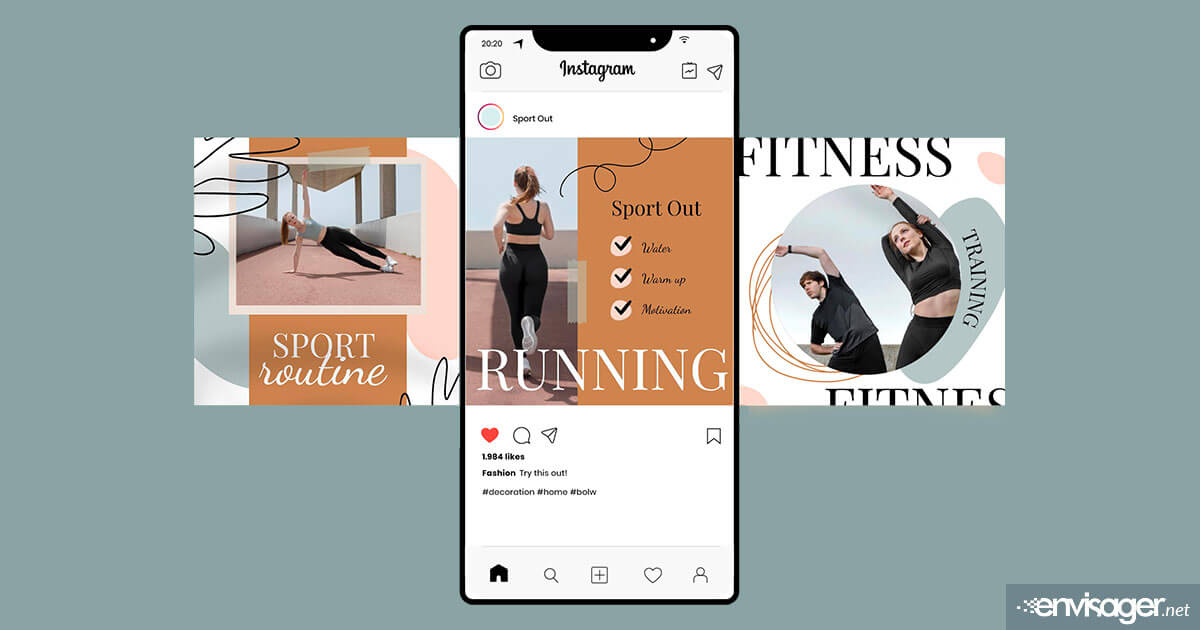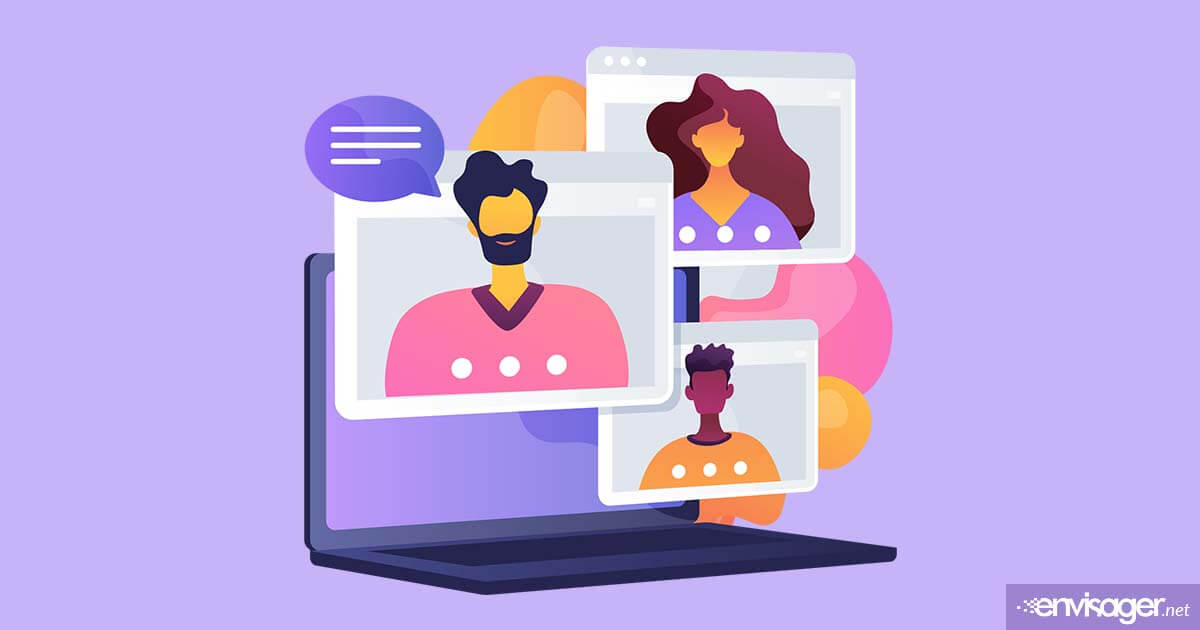eLearning Best Practices For Continuing Professional Development

eLearning is an excellent way to move forward on your own professional development responsive to your schedule and needs. Almost all industries have requirements for continuing profession development. And even if they don’t, staying current in your field is always a good idea.
There are many advantages to eLearning. Unlike traditional learning, you can more easily fit eLearning into your busy schedule. However, some professionals are still skeptical about eLearning professional development. There’s a fear of feeling you’re missing out on something from not being in a traditional classroom setting.
eLearning Best Practices
In this article, I’ll share 6 eLearning best practices for continuing professional development. Hopefully, you will find these ideas helpful when designing continuing education for professionals.
01. Set Expectations Ahead of Time
These days, the younger generation is accustomed to using various types of apps and electronic devices. However, this may not be the case for busy professionals. To avoid anxiety, let them know how the process works. Also, showing them how to get technical support prior to logging into the system will make them feel more comfortable. A great way to do this is by creating screen recording videos or screencasts.
You may also want to consider providing guides in pdf format. They’ll be able to easily refer to it either electronically or printable.
02. Ensure the Facility Is Ready
Don’t assume that all professionals will be doing their coursework from their home computers. Oftentimes, government and medical organizations will allocate time for workers to do coursework on the premises.
Therefore, you should make sure that your system is compatible with their technology.
03. Don’t Make The UI Complicated
Keep the interface simple and easy to use. Many professionals are already overwhelmed and doing more than what’s in their job description. Therefore, having to deal with an eLearning system that’s clunky or has clever bells and whistles is not going to be appreciated. Instead, make it super easy for them to login, get the content they need and start using it.
04. Be Practical and Theoretical
Omitting the “niceties” is not recommended. Try to keep a balance of practical and theoretical material. Most professionals need the “niceties” to help them fully understand what they’re doing. In other words, be descriptive without getting too wordy so that they know the theoretical foundation of what they’re doing.
05. Provide Quizzes
Many adults and younger people don’t really like quizzes and tests. But most professionals understand this as it’s a way of life. They are often tested for many things, like certifications, renewals and licenses.
A quiz after each section and test and the end helps them to test their knowledge of the material. Plus, it helps them to retain the information.
06. Include a Community Aspect
Many professionals are so busy with life and work, there’s not much time left to connect with others in their field. Adding a networking/social feature to the course will provide an opportunity for them to connect with their peers.
You may also enjoy reading: Food Delivery Apps Impact On Restaurants

Dr. Amelia Davis
WEB DEVELOPMENT DIRECTOR
Dr. Amelia Royster-Davis is a Doctor of Education and an Instructional Designer. As the Director of Web Development at Envisager Studio, her primary focus is to lead the web development team in building modern, responsive websites. In her spare time, she writes about web development, UI and UX.


